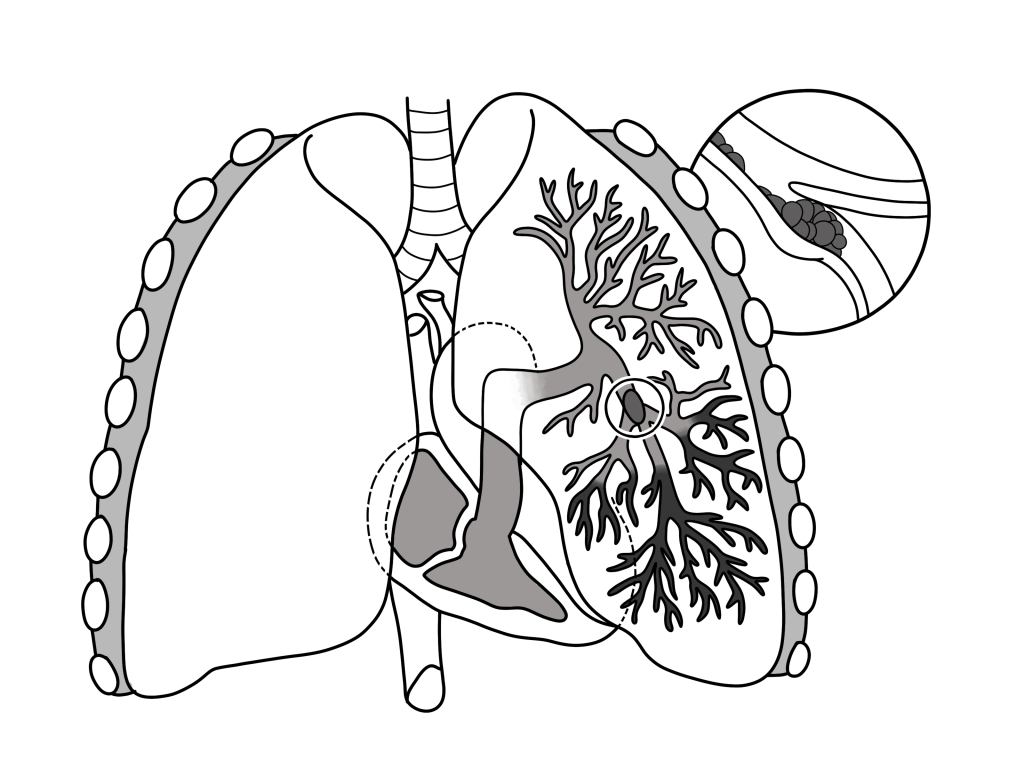Pulmonary Embolism
Published .

What is a pulmonary embolism (PE)?
A pulmonary embolism (PE) is a sudden blockage in a lung artery. It usually happens when a blood clot breaks loose and travels through the bloodstream to the lungs. PE is a serious condition that can cause:
- Permanent damage to the lungs
- Low oxygen levels in the blood
- Damage to other organs in the body from not getting enough oxygen
PE can be life-threatening, especially if a clot is large, or if there are many clots.
What causes a pulmonary embolism (PE)?
The cause is usually a blood clot in the leg called a deep vein thrombosis that breaks loose and travels through the bloodstream to the lungs.
Who is at risk for a pulmonary embolism (PE)?
Anyone can get a pulmonary embolism (PE), but certain things can raise the risk of PE:
- Having surgery, especially joint replacement surgery
- Certain medical conditions, including
- Cancers
- Heart diseases
- Lung diseases
- A broken hip or leg bone or other trauma
- Hormone-based medicines, such as birth control pills or hormone replacement therapy
- Pregnancy and childbirth. The risk is highest for about six weeks after childbirth.
- Not moving for long periods, such as being on bed rest, having a cast, or taking a long plane flight
- Age. The risk increases as one gets older, especially after age 40.
- Family history and genetics. Certain genetic changes that can increase the risk of blood clots and PE.
- Obesity
What are the symptoms of a pulmonary embolism (PE)?
Half the people who have pulmonary embolism have no symptoms. Symptoms include shortness of breath, chest pain or coughing up blood. Symptoms of a blood clot include warmth, swelling, pain, tenderness and redness of the leg.
How is a pulmonary embolism (PE) diagnosed?
It can be difficult to diagnose PE. To make a diagnosis, a physician will:
- Take a medical history, including asking about symptoms and risk factors for PE
- Do a physical exam
- Run some tests, including various imaging tests and possibly some blood tests
What are the treatments for a pulmonary embolism (PE)?
Patients with PE need medical treatment right away. The goal of treatment is to break up clots and help keep other clots from forming. Treatment options include medicines and procedures.
Medicines:
- Anticoagulants, or blood thinners, keep blood clots from getting larger and stop new clots from forming.
- Thrombolytics are medicines to dissolve blood clots.
Procedures:
- Catheter-assisted thrombus removal uses a flexible tube to reach a blood clot in the lung.
- A vena cava filter may be used in some people who cannot take blood thinners. Y
Can pulmonary embolism (PE) be prevented?
Preventing new blood clots can prevent PE. Prevention may include:
- Continuing to take blood thinners.
- Heart-healthy lifestyle changes, such as heart-healthy eating, exercise, and, smoking cessation
- Moving the legs when sitting for long periods of time (such as on long trips)
- Moving around as soon as possible after surgery or being confined to a bed
